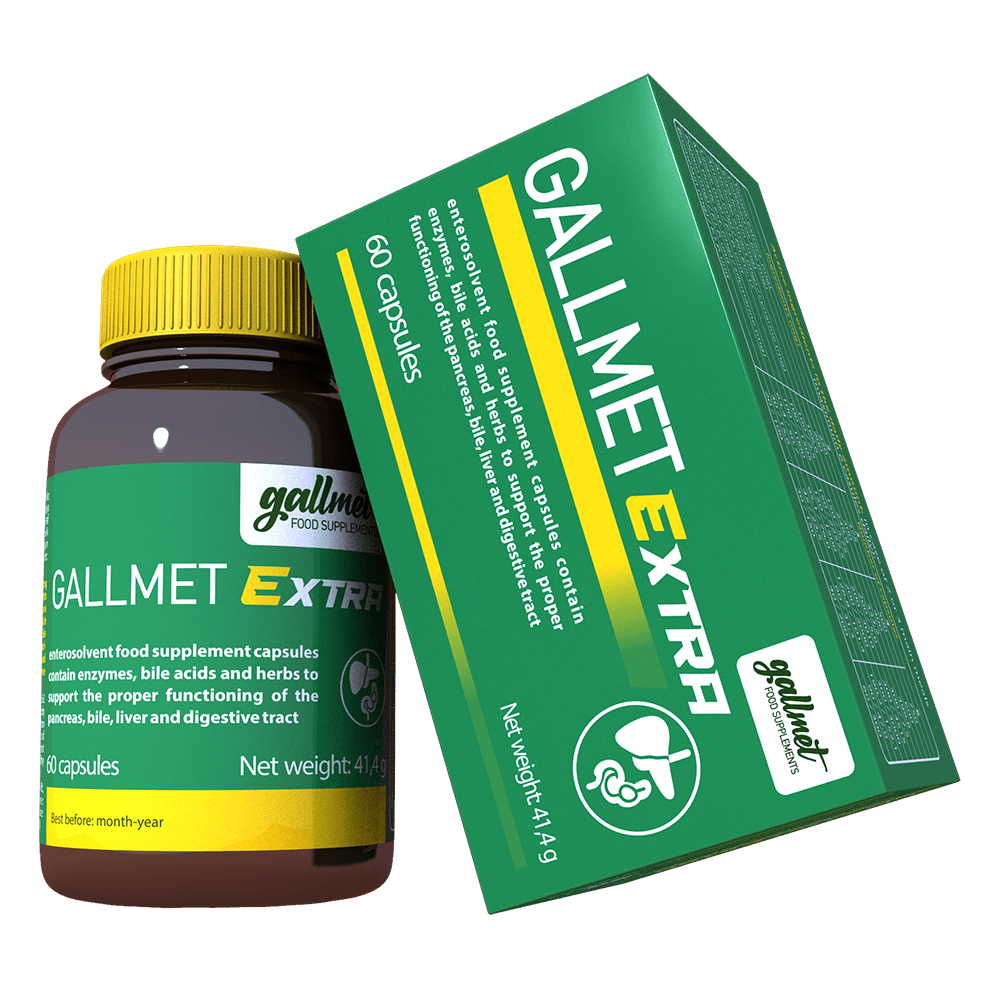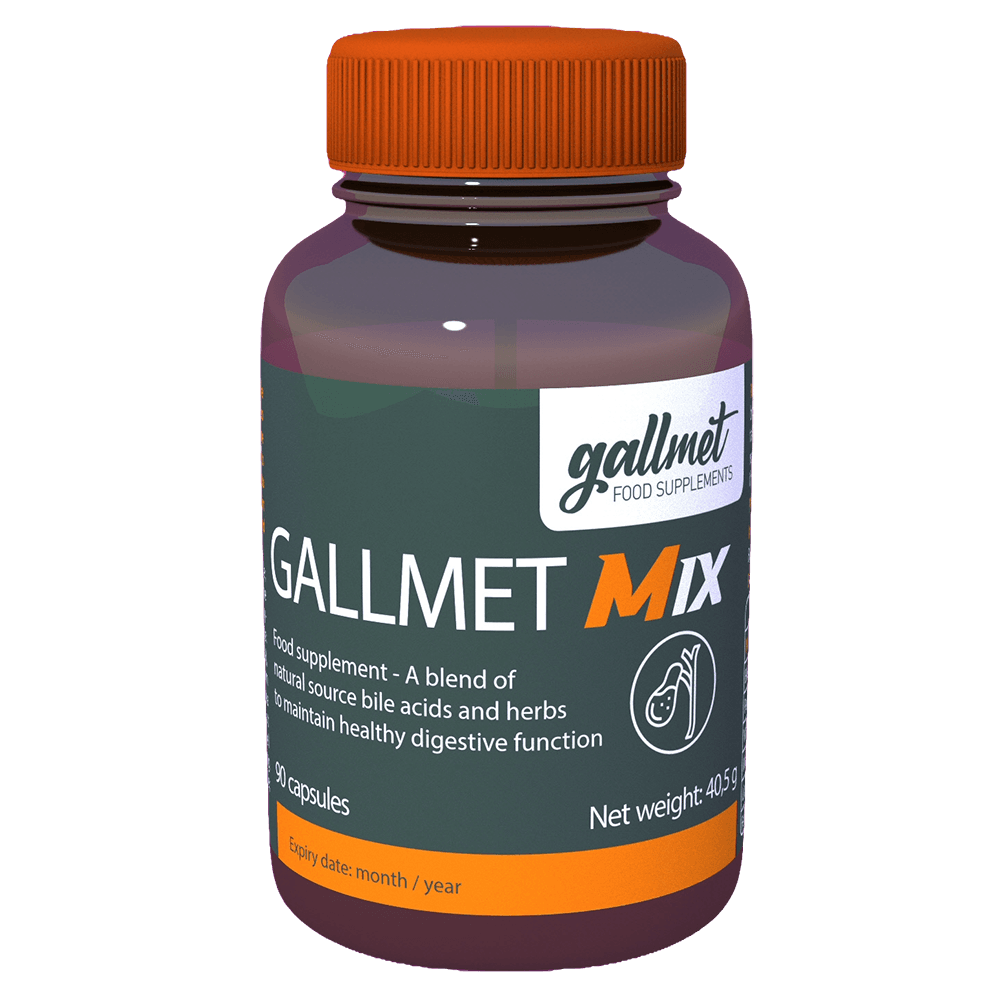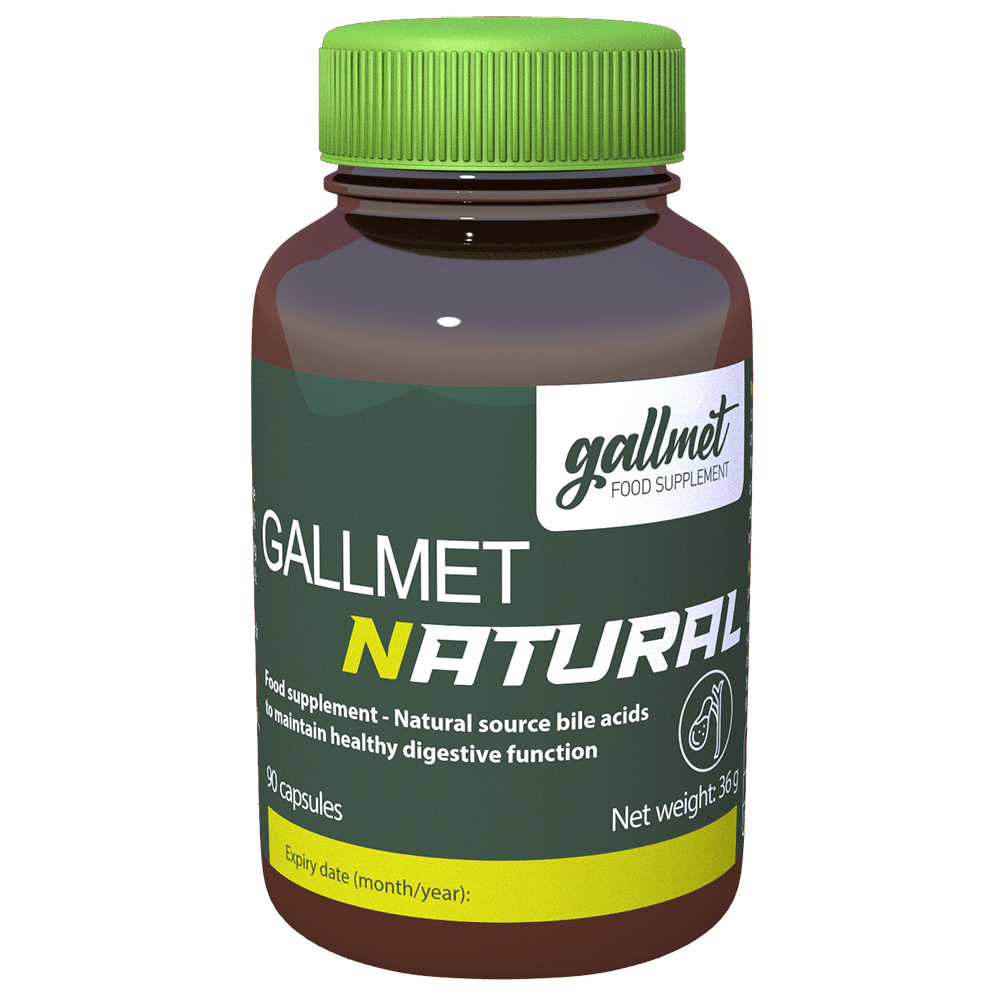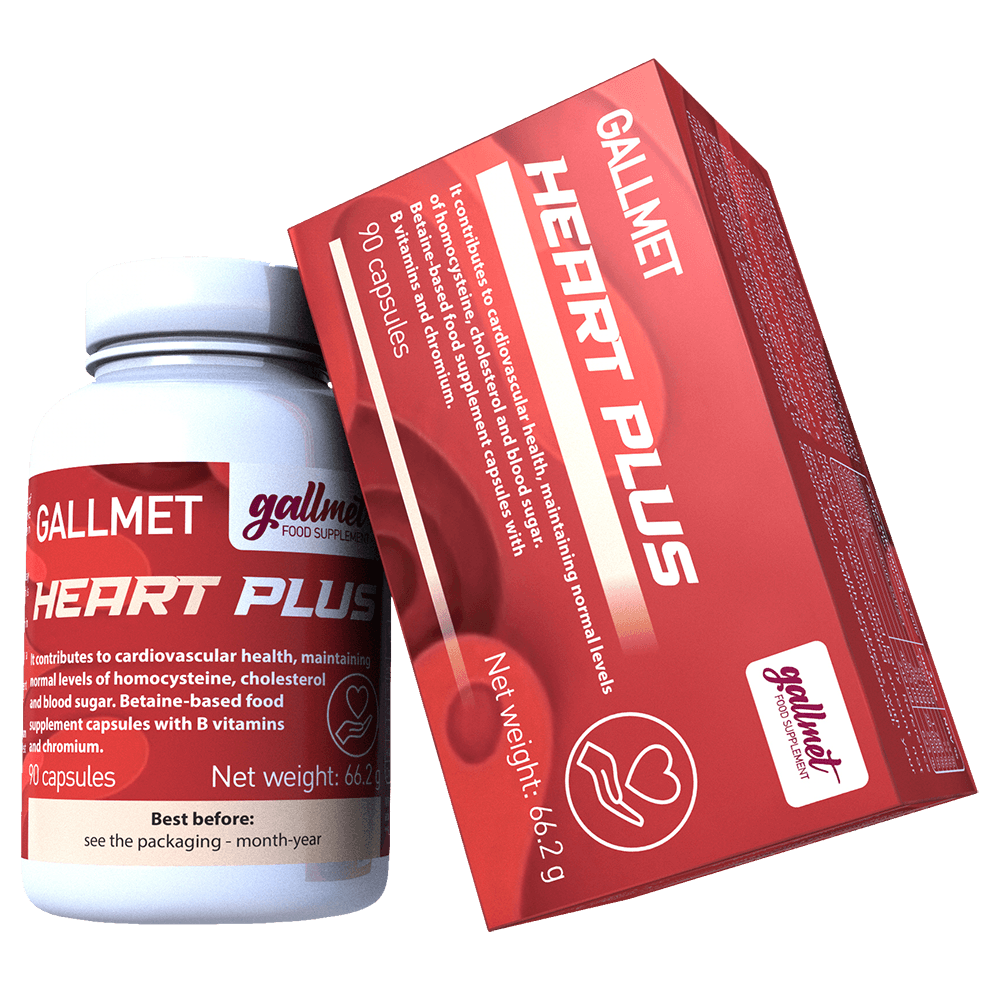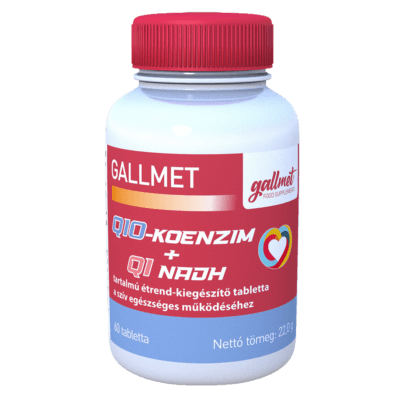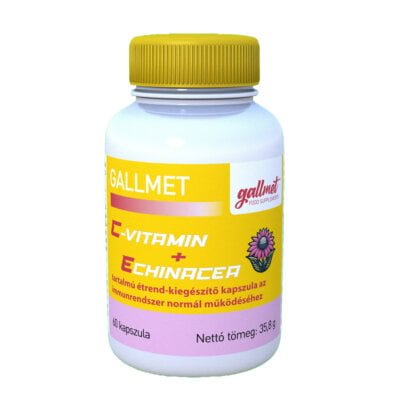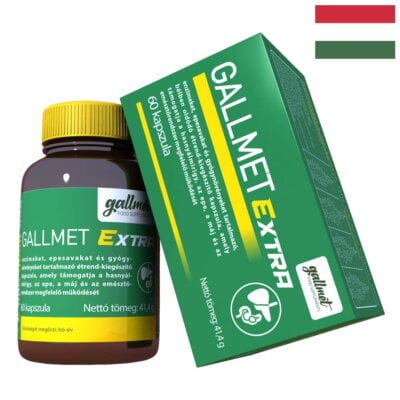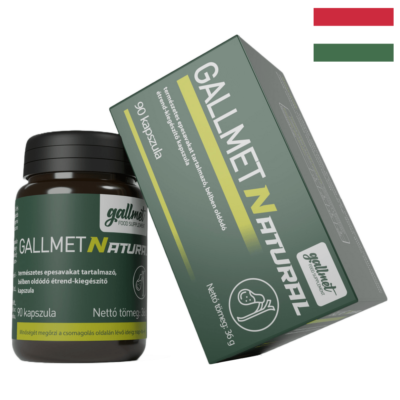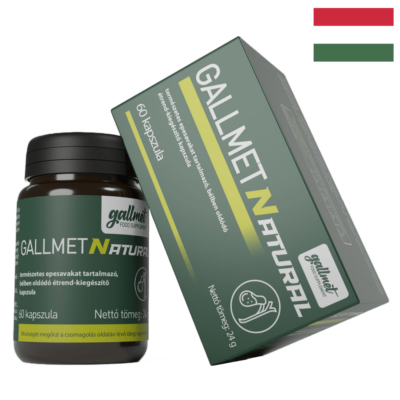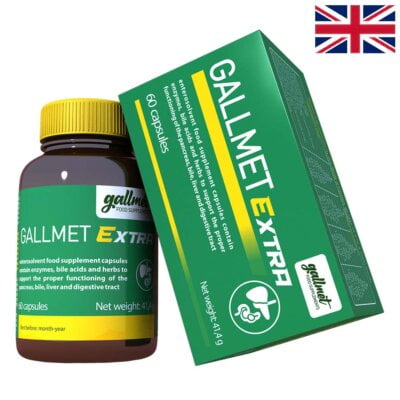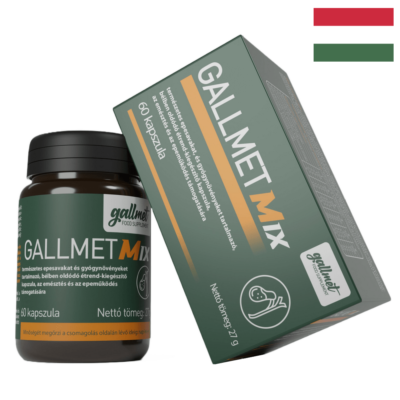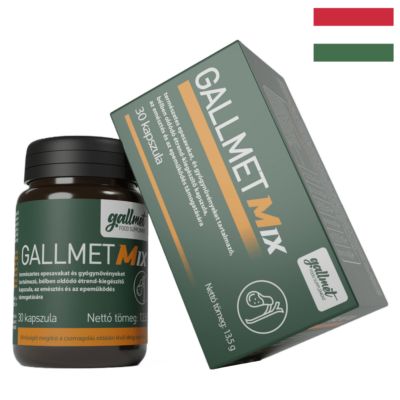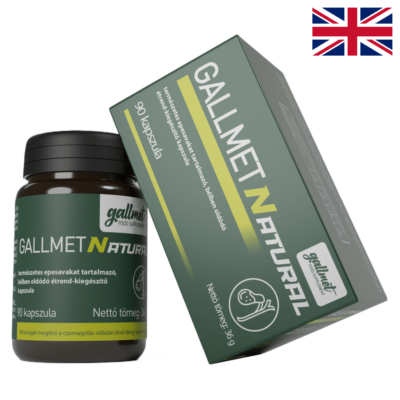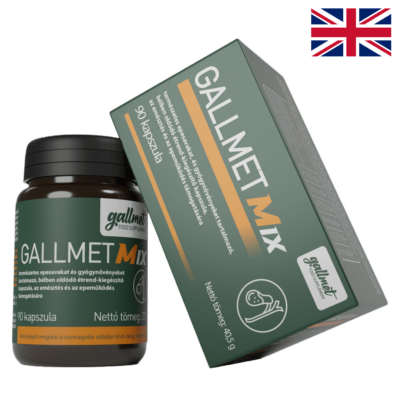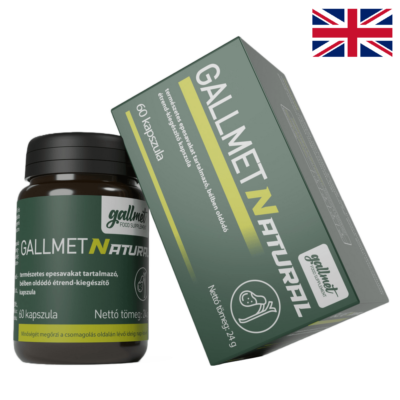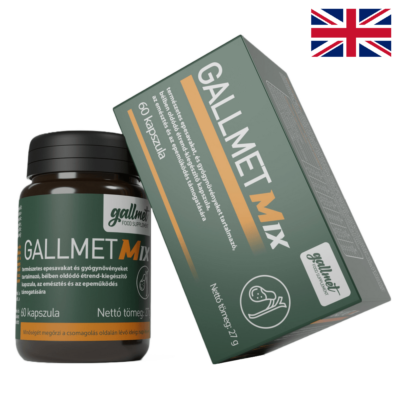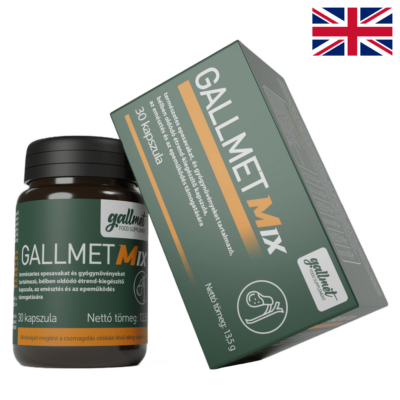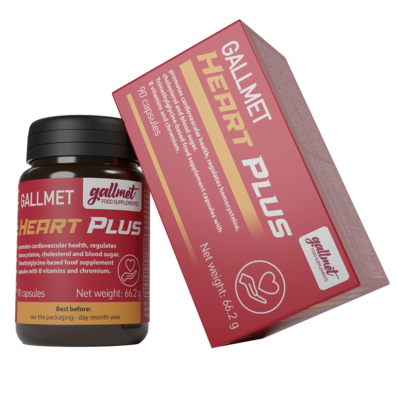The small intestine - bile acids
Author: Ferenc Guba
Title: Medical Biochemistry (Medicina Kiadó, Budapest 1988)
The small intestine
The small intestine is where the bile acids produced by the liver and the pancreatic juice secreted by the pancreas act (in addition to the enzymes in the intestinal fluid).
The bile
Bile acids (about 500-1000 ml per day) are produced in the liver as a component of bile. Bile is an organic and inorganic compound of about 1-4%. In humans, the bile acid product of the liver accumulates in the gallbladder, from where it is reabsorbed with water to form the inorganic components and the bile fluid, which is rich in organic matter. Bile cells in the gallbladder wall also secrete glycoproteins (mucins).
"Only a very small percentage of the bile acids that enter the intestine are excreted in the faeces, most of them are reabsorbed by the enterohepatic circulation, enter the liver and are then excreted again in the bile."
Bile acids (with their detergent action) act as fat emulsifiers. The lipid components of the gastric contents that enter the small intestine cannot be broken down by enzymatic hydrolysis because of their insolubility in water, but if solubility is improved (by detergents), enzymatic action is not hindered. The human body therefore ensures the formation of the emulsion by bile acids introduced into the small intestine. Indeed, bile acids form a stoichiometric complex with apolar lipids: for example, one molecule of palmitic acid is surrounded by 8 molecules of bile acid. These bile acid complexes are collectively called cholic acids. The aqueous emulsion of cholic acids is already suitable for the enzymatic degradation of lipids. In this so-called micellar phase, in addition to the cholic acid, there are lipid-degrading enzymes, lipids and their end products (fatty acids, glycerol, etc., steroids and esters), fat-soluble vitamins (vitamins E, D, K), water-soluble ascorbic acid and fat-soluble carotenoids (vitamin A precursor), and salts of fatty acids with various ions (soaps).
The role of the liver in lipid metabolism is also multifaceted (processes that take place only in the liver are marked with *).
a) Synthesises and breaks down saturated and unsaturated fatty acids (saturation and formation of a double bond*).
b) Triglycerides, generates phospholipids (by esterification) and breaks them down into their components (free fatty acids, glycerol).
c) Synthesises cholesterol, produces cholesterol esters.
d) It produces bile acids, which are necessary for the digestion and absorption of fats. *
e) Synthesises ketone bodies.*
f) It builds lipids into protein-lipid complexes.
g) Stores lipids.
GALLMET products are available in ALL Hungarian pharmacies and herbal shops or can be ordered!
Click on the [print-me] icon to print the page

